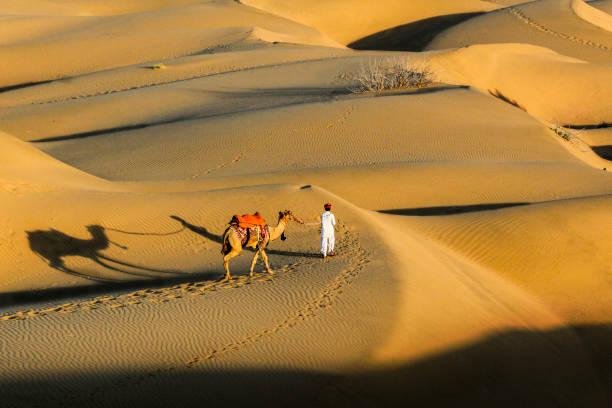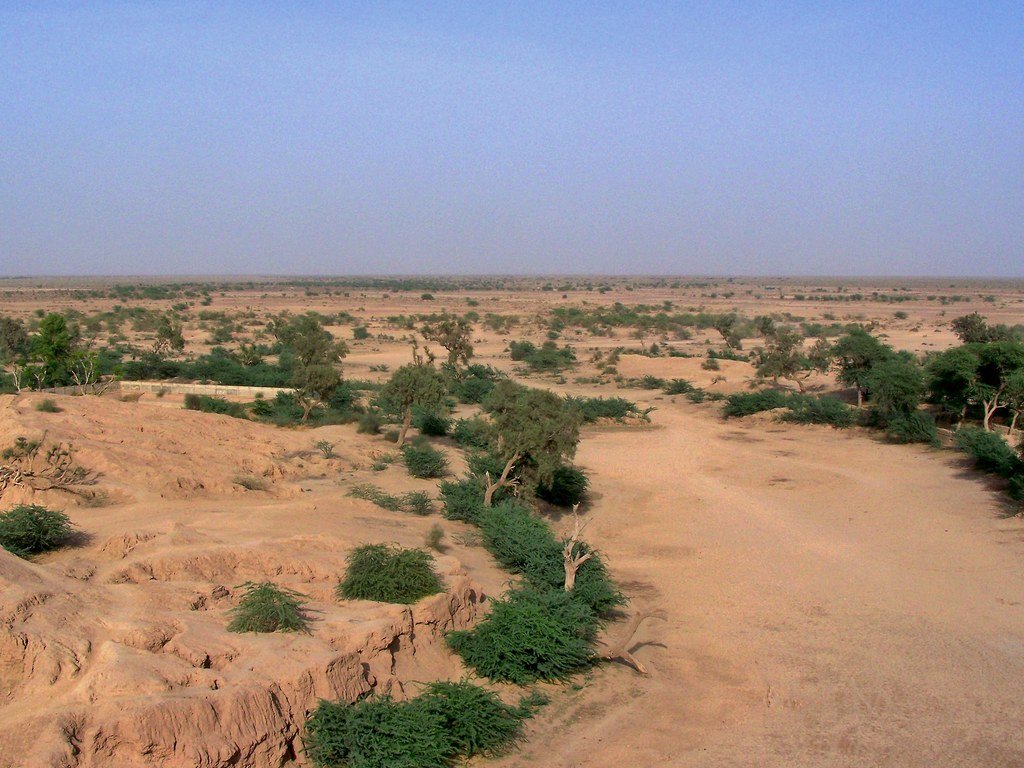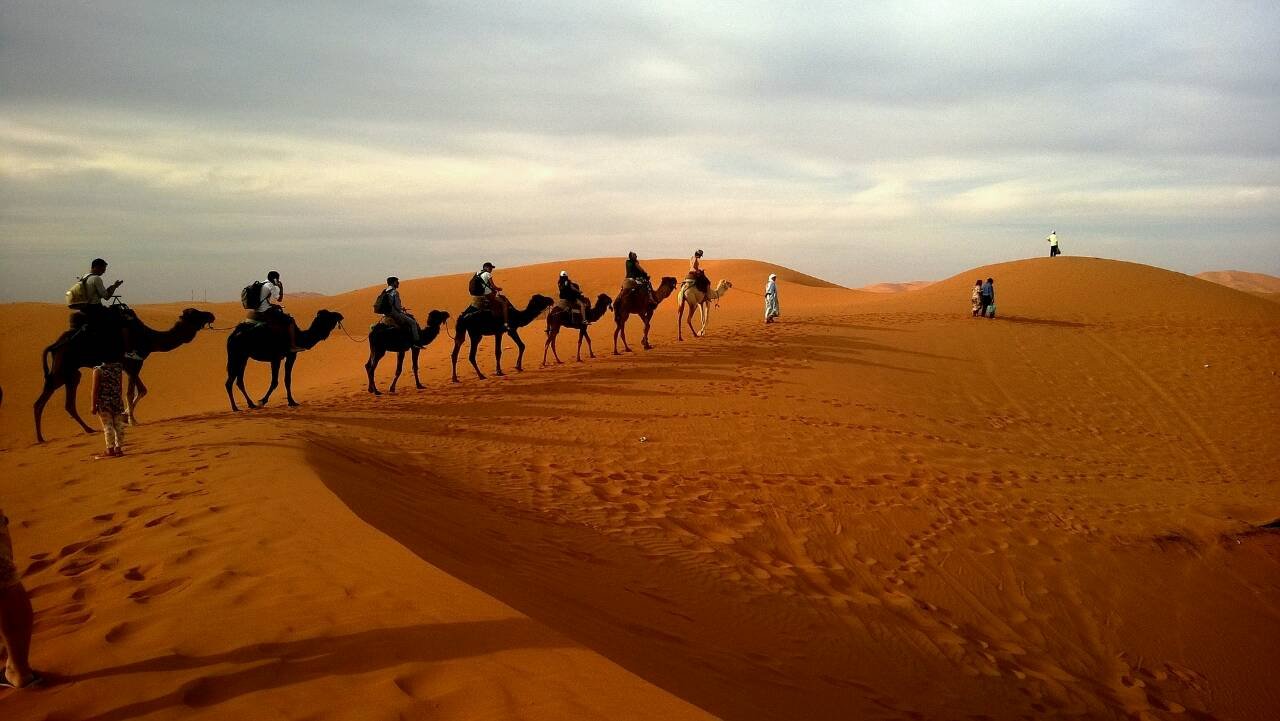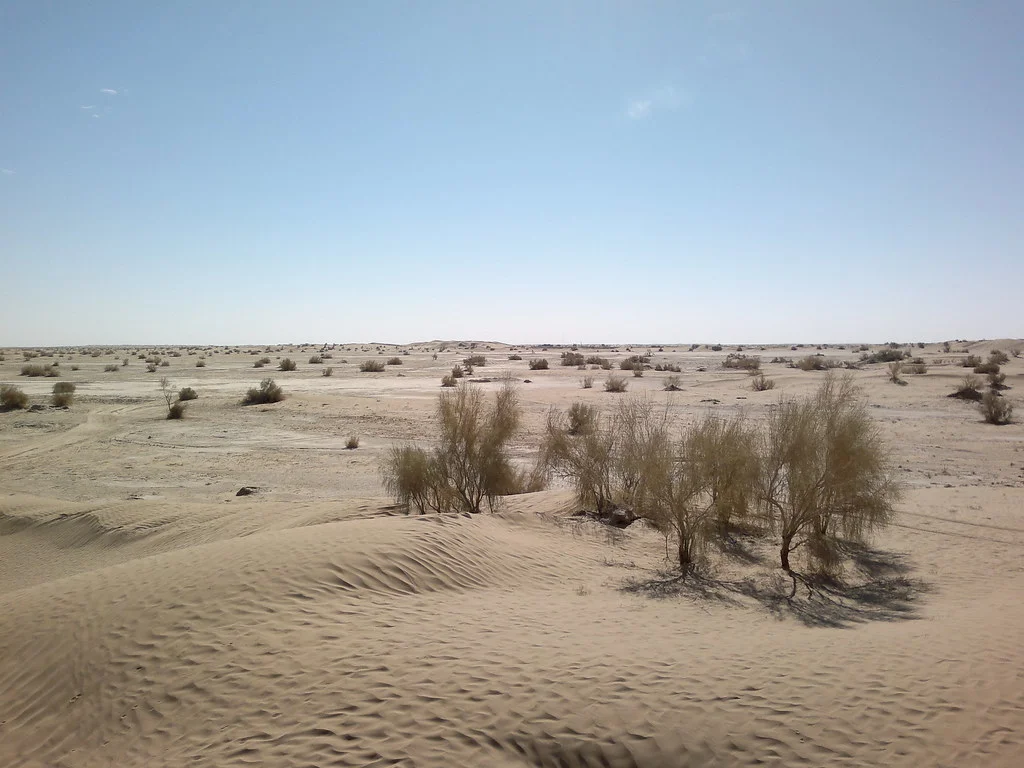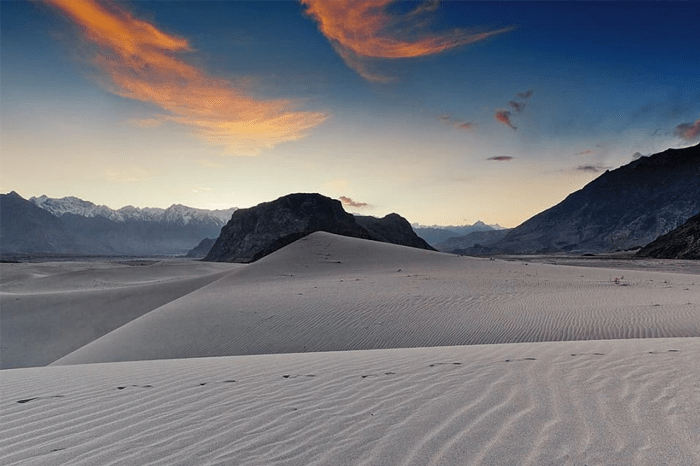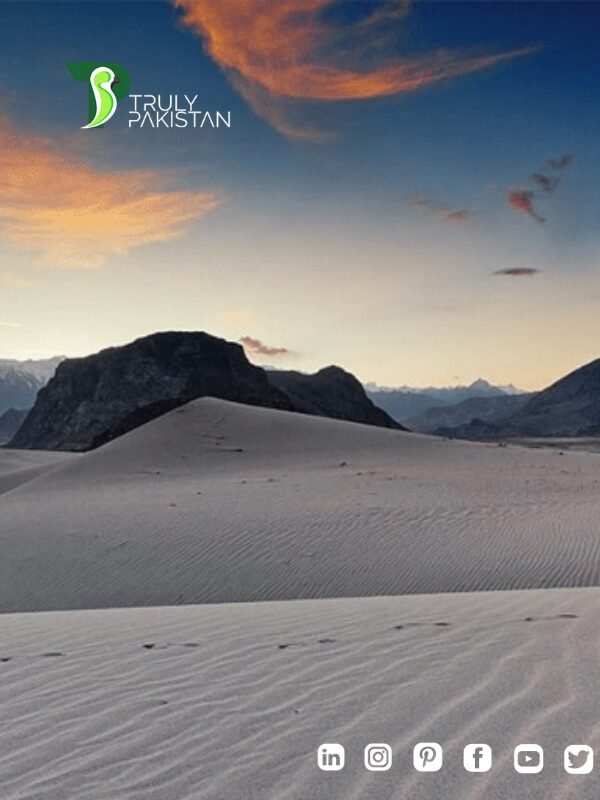Deserts of Pakistan: Exploring the Hot and Cold Wonders of Our Land
When people think of Pakistan, they often imagine snow-capped mountains, bustling cities, or lush green valleys. But there’s another side of the country — one that’s equally breathtaking and deeply rooted in its geography and culture: the deserts of Pakistan.
As someone who has spent years exploring these arid landscapes, from the scorching dunes of Cholistan to the snow-swept Katpana Desert in Skardu, I can say with confidence: Pakistan’s deserts are more than just sand. They’re regions filled with history, resilience, biodiversity, and emerging tourism opportunities.
Why Pakistan’s Deserts Deserve More Attention
Pakistan is home to five major deserts — four classified as hot deserts and one as a cold desert. These include:
- Thar Desert (Sindh)
- Cholistan Desert (Punjab)
- Thal Desert (Punjab)
- Kharan Desert (Balochistan)
- Katpana Cold Desert (Gilgit-Baltistan)
Each desert has its own climate, terrain, and local culture. From the caravan trails of Thar to the snow-dusted dunes of Katpana, these regions play a vital role in shaping Pakistan’s natural beauty, heritage, and even its economy. Whether you’re a researcher, student, photographer, or traveler, understanding Pakistan’s deserts opens up a world that’s often overlooked — but never forgotten once visited.
Hot Deserts of Pakistan
1. Thar Desert (Sindh)
The Thar Desert is the largest desert in Pakistan and ranks among the most densely populated desert regions in the world. Located in the southeastern part of Sindh and extending into India’s Rajasthan, Thar is known for its expansive sand dunes, resilient desert wildlife, and deeply rooted Sindhi traditions.
Regions like Mithi, Nagarparkar, and Umerkot offer not just beautiful landscapes but cultural festivals, traditional folk music, and intricate crafts that reflect life in one of the harshest climates. The Thar Desert is also increasingly becoming a focus of solar energy projects and sustainable tourism in Pakistan.
Expert Tip: Visit during the Thar Cultural Festival or after monsoon rains when wild desert blooms surprise even the locals.
2. Cholistan Desert (Punjab)
Also known locally as Rohi, the Cholistan Desert is located in southern Punjab, stretching from Bahawalpur to the border of India. Though arid and dry, it has long been a cradle of desert culture — with nomadic tribes, ancient trade routes, and historical landmarks such as the majestic Derawar Fort.
Cholistan is best known today for hosting the Cholistan Jeep Rally, an annual off-road motorsports event that attracts thousands of spectators from across Pakistan. The desert is also dotted with old caravanserais, deep water wells, and traditional camel herding communities that still live by centuries-old customs.
Expert Tip: The best time to visit Cholistan is during the winter months (December to February) for comfortable temperatures and cultural events.
3. Thal Desert (Punjab)
The Thal Desert lies between the Indus and Jhelum rivers in central Punjab, covering parts of Bhakkar, Layyah, Khushab, and Mianwali. Unlike Cholistan or Thar, Thal is more semi-arid and flat, with less sand dune formation and more scrub vegetation. It’s also the site of a major government irrigation project that aims to convert portions of the desert into arable farmland through canal systems.
What makes Thal unique is its local culture — including the Thali dialect, folk dances, and nomadic livestock herding. Though less frequented by tourists, the region’s resilience and changing agricultural dynamics make it a case study in climate adaptation and rural development.
Expert Tip: If you’re exploring off-grid Punjab, make time to visit Mankera Fort or attend local fairs that showcase traditional Thali music and crafts.
4. Kharan Desert (Balochistan)
The Kharan Desert in western Balochistan is perhaps Pakistan’s most stark and isolated desert landscape. With vast flatlands, scattered rocky hills, and minimal vegetation, it feels almost lunar. The desert became internationally known in 1998 when Pakistan conducted its second nuclear test here at the Chagai Hills.
Beyond geopolitics, Kharan is a land of deep geological significance. Its windswept basins, salt flats, and seasonal water channels provide a harsh but beautiful ecosystem. For researchers and nature photographers, Kharan offers rare solitude and raw, untamed beauty.
Expert Tip: Travel here requires planning and local coordination. Only attempt a visit with proper guidance, permits, and local contacts — Balochistan’s terrain is stunning but logistically complex.
Cold Desert of Pakistan
5. Katpana Desert (Gilgit-Baltistan)
The Katpana Desert, often called the Cold Desert of Pakistan, is one of the few places in the world where sand dunes meet snow. Located in the Skardu region of Gilgit-Baltistan at an altitude of over 2,200 meters (7,200 ft), Katpana offers a surreal landscape that defies expectations of what a desert should be.
Unlike the scorching heat of Thar or Cholistan, Katpana experiences sub-zero temperatures in winter, and its golden sand dunes are often dusted with snow. The area is now emerging as an adventure destination, attracting paragliders, trekkers, photographers, and off-road explorers. Its proximity to the Skardu Airport and the town center makes it surprisingly accessible for northern travelers.
Expert Tip: Visit in late spring or early autumn for ideal views and moderate temperatures. Don’t forget your camera — this desert offers some of the most unique landscapes in Pakistan.
Hot vs. Cold Deserts in Pakistan: A Quick Comparison
| Feature | Hot Deserts | Cold Desert |
|---|---|---|
| Examples | Thar, Cholistan, Thal, Kharan | Katpana Desert |
| Climate | High temperatures, arid winds | Freezing winters, moderate summers |
| Altitude | Low to mid-altitude | High-altitude (above 2,000 meters) |
| Landscape | Sand dunes, scrublands | Snow-covered dunes, rocky outcrops |
| Tourism | Desert safaris, heritage forts, jeep rallies | Paragliding, nature photography, trekking |
This comparison helps highlight the geographic and experiential diversity of the deserts of Pakistan. Whether you’re drawn to the folklore of Sindh or the icy silence of Skardu, each region offers something unforgettable.
Why Pakistan’s Deserts Matter
The deserts of Pakistan are not just vast empty spaces — they are living ecosystems, historical corridors, and cultural heartlands. They play a crucial role in:
- Biodiversity: Deserts like Hazarganji-Chiltan and Thar support rare species like the Chiltan markhor, desert foxes, and unique drought-resistant flora.
- Cultural heritage: From Sindhi and Balochi nomads to centuries-old forts and caravanserais, the desert lifestyle preserves traditions that are vanishing elsewhere.
- Economy: Camel farming, handicrafts, eco-tourism, and desert festivals contribute to local livelihoods, especially in areas like Cholistan and Thar.
- Climate resilience: Understanding desert ecology helps Pakistan adapt to increasing droughts and land degradation under climate change.
FAQs About the Deserts of Pakistan
How many deserts are there in Pakistan?
There are five major deserts: Thar, Cholistan, Thal, Kharan (hot deserts), and Katpana (cold desert).
Which is the largest desert in Pakistan?
The Thar Desert is the largest, stretching across southeastern Sindh and into Rajasthan, India.
Is there really a cold desert in Pakistan?
Yes, the Katpana Cold Desert in Skardu is one of the few high-altitude deserts in the world, known for its snow-covered sand dunes.
Which desert has Derawar Fort?
Derawar Fort is located in the Cholistan Desert, near Bahawalpur in southern Punjab.
Can I travel to these deserts safely?
Yes, but some regions (like Kharan or deep Cholistan) require local guides or permits. Katpana and Thar are more accessible for tourists.
Hidden Beauty in Pakistan’s Harshest Landscapes
From the rolling red dunes of Thar to the frozen ridges of Katpana, Pakistan’s deserts are lands of extremes — but also of resilience, culture, and awe-inspiring beauty. These landscapes challenge the imagination and offer a unique lens through which to understand Pakistan’s ecological and cultural diversity.
As someone who’s spent years exploring these places, I can say they are worth every effort. If you’re looking to travel beyond the ordinary, bookmark this guide, pack responsibly, and discover the other side of Pakistan — the desert side.
For more travel guides across Pakistan’s hidden gems, visit our regional blog archives or follow us on Instagram for behind-the-scenes footage from the field.

